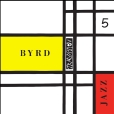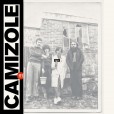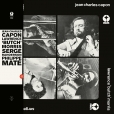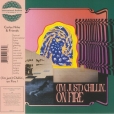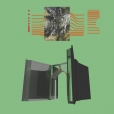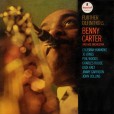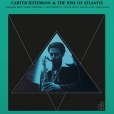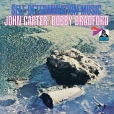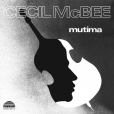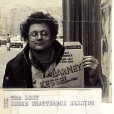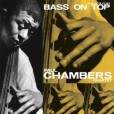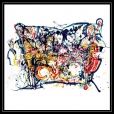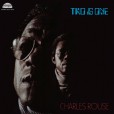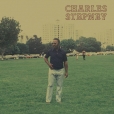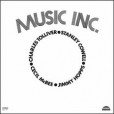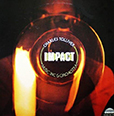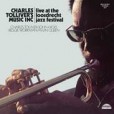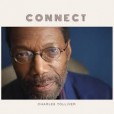Your basket is empty

The brilliant trumpeter’s final album as leader, from 2007 — fresh, nimble, exuberant, reaching, with Billy Bang on violin and Bryan Carrott on vibraharp.
The fruits of a recording session deftly convened by Jef Gilson, to take advantage of Serge Rahoerson’s visit to Paris from Madagascar for just a few days in November 1976. Though a saxophonist by training, Serge had played drums on The Creator Has A Master Plan for the Malagasy album. To establish rhythmic foundations, Gilson reunited him in this capacity with Baroque Jazz Trio bassist Jean-Charles Capon. Recruited from Gilson’s current big band, Saravah saxophonist Philippe Maté and cornetist Butch Morris — on the verge of hooking up with David Murray — added their contributions later.
The tenor saxophonist’s only recording as leader, produced by Woody Shaw in 1978.
With Terumasa Hino, Harry Whitaker, Shunzo Ohno, John Hicks…
A true lost classic of jazz; heart-stopping turns on baritone saxophone.
‘Chaloff’s masterpiece is both vigorous and moving… Thanks For The Memory is overpoweringly beautiful as Chaloff creates a series of melodic variations which match the improviser’s ideal of fashioning an entirely new song. Stairway To The Stars is almost as fine… This important session has retained all its power’ (The Penguin Guide To Jazz On CD).
Killer band, too — Sonny Clark, Philly Joe Jones, and Leroy Vinnegar.
Brilliant 1956 recordings with Art Farmer, Gigi Gryce, JR Montrose, Mal Waldron and co doing Gil Evans, Bob Brookmeyer and co’s arrangements of Charles originals, Jimmy Giuffre, George Russell, Nature Boy…
Terrific big band music from 1970. What a lineup— built around a core of Tolliver, Stanley Cowell, Cecil McBee and Jimmy Hopps, but also featuring all-time greats like Clifford Jordan, Jimmy Heath and Curtis Fuller.
The first album in thirteen years by this great trumpeter (and founder of Strata East).
A quintet — with US veterans Jesse Davis, Keith Brown, Buster Williams and Lenny White — joined by Binker Moses on a couple of cuts.
